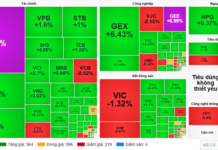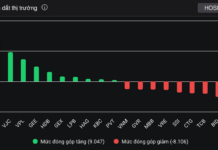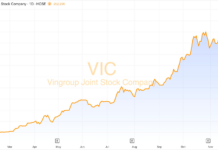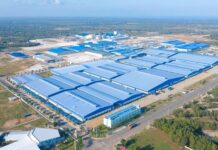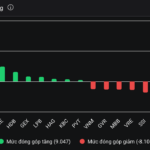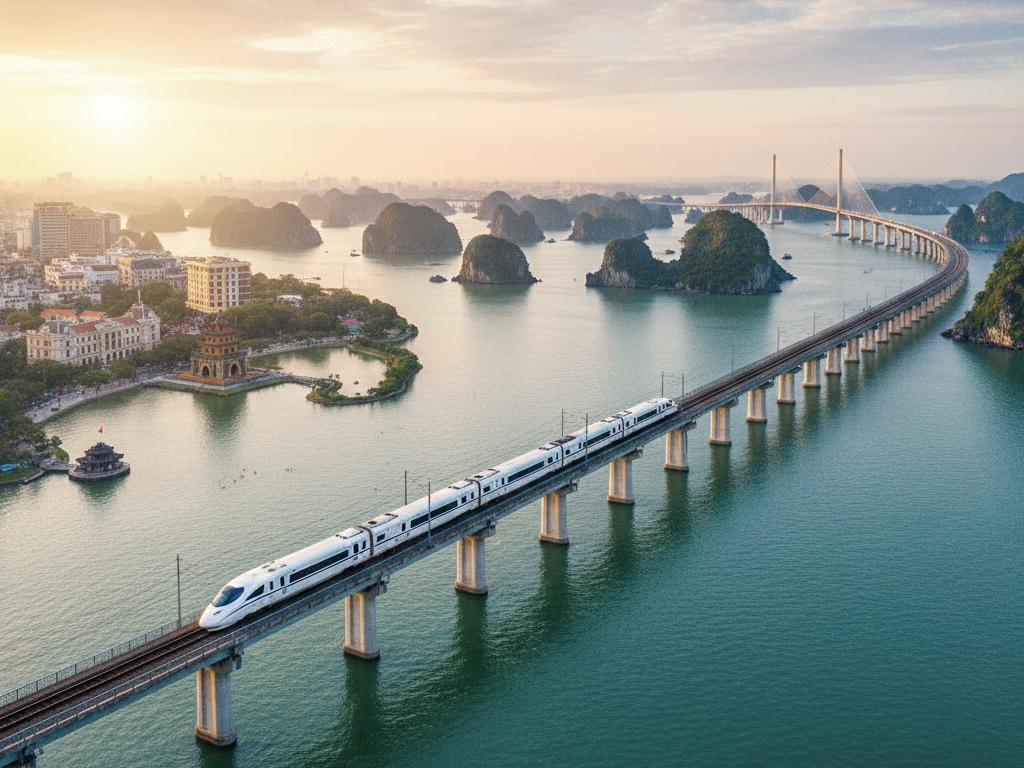
VinSpeed, a subsidiary of Vingroup, has recently proposed the construction of a 120 km high-speed rail line connecting Hanoi and Quang Ninh, with a total investment of $5.3 billion. The route will pass through four provinces and cities: Hanoi, Bac Ninh, Hai Phong, and Quang Ninh, with a maximum design speed of 350 km/h.

The line will originate from the Vinhomes Co Loa project and terminate at the Vinhomes Ha Long Xanh project. It is expected that the high-speed rail line could break ground by the end of this year and commence operations in 2028. By then, the travel time from Hanoi to Ha Long is anticipated to be reduced from the current 2+ hours to just 30 minutes.
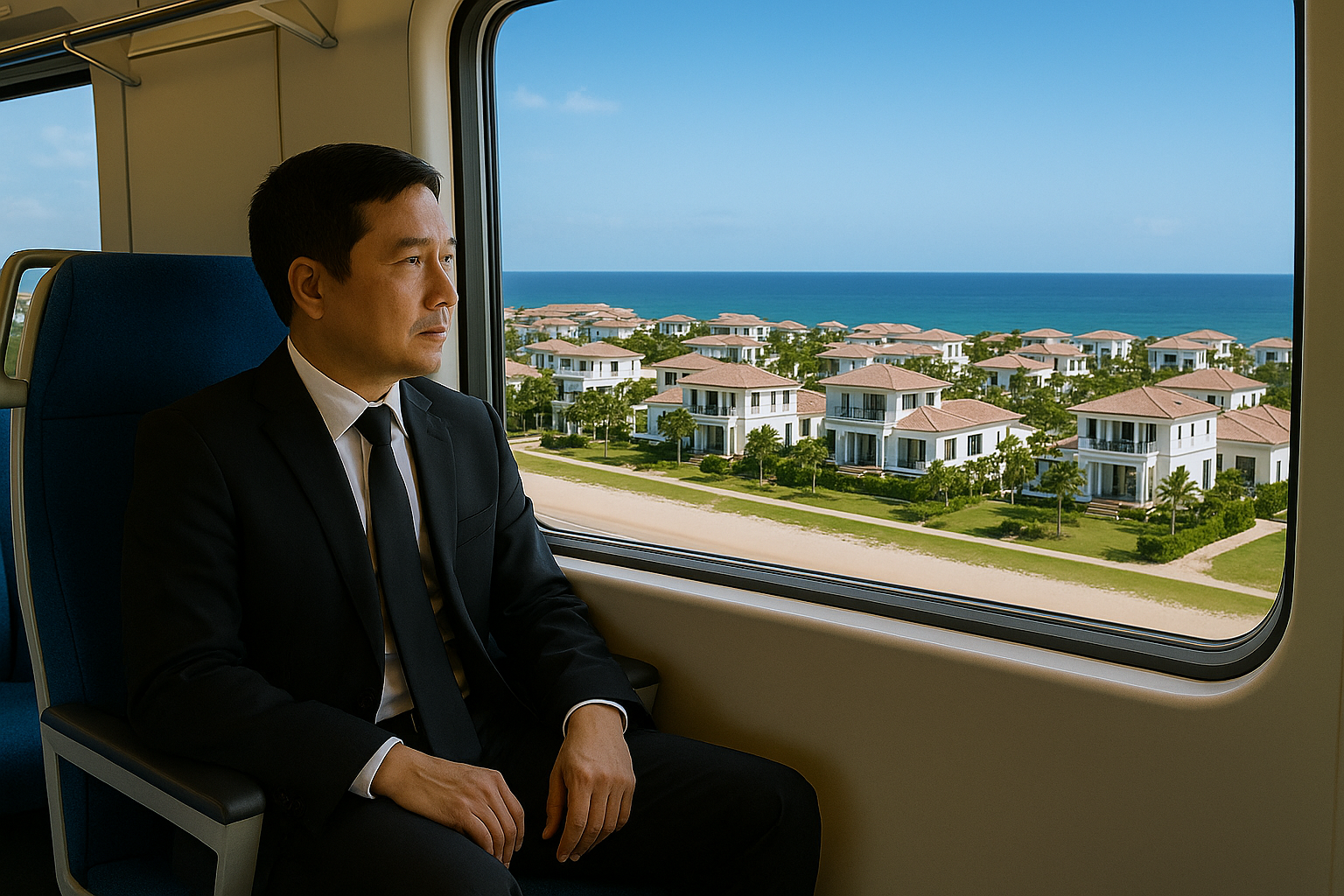
In the future, when the 120 km Hanoi – Quang Ninh high-speed rail line becomes operational, residents of Ha Long will also be able to commute to work in Hanoi with ease. This will significantly transform the lifestyle and real estate values in satellite cities.

In developed countries, commuting from suburban areas to major cities via high-speed rail networks is commonplace. In the United States, for instance, commuting from suburbs located 90-110 km away to economic hubs like New York is prevalent. The Trenton/Newark – Manhattan route is one of the busiest, serving hundreds of thousands of daily commuters via NJ Transit and Amtrak.

In the United Kingdom, for decades, living in the suburbs surrounding London and commuting by train has been the norm. Routes like Brighton – London Victoria and Reading – London Paddington, spanning 55-85 km, are always bustling and efficiently support the capital’s labor market.
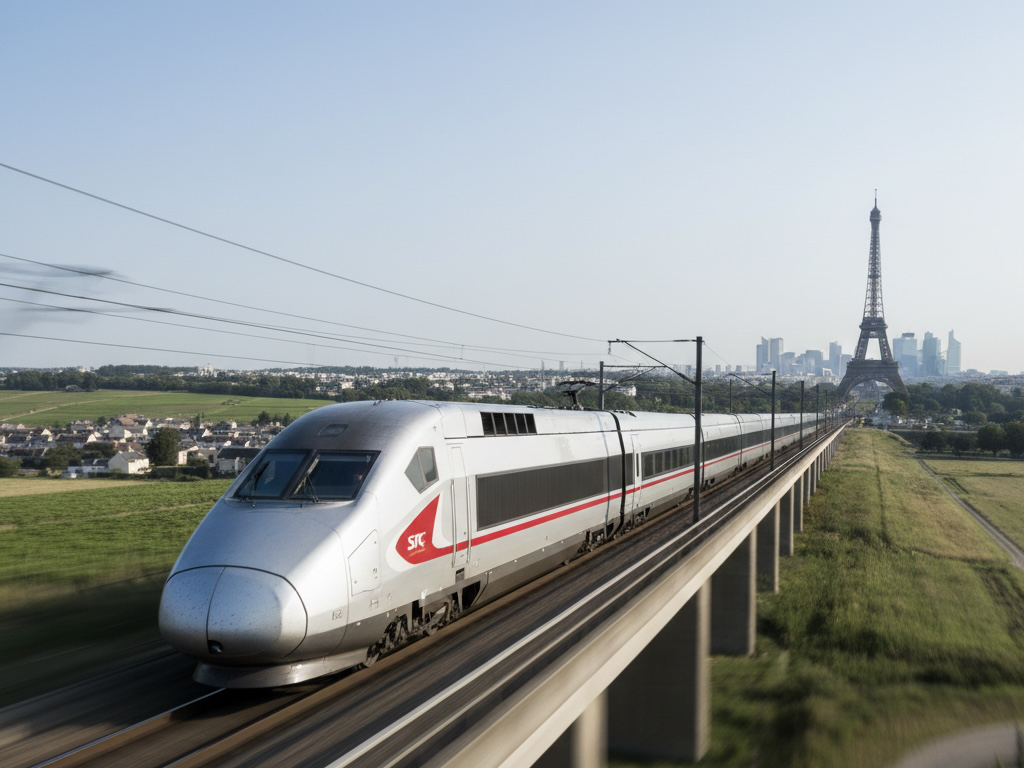
France boasts the TGV high-speed rail system, facilitating travel over distances greater than 100 km, such as the Le Mans – Paris (~185 km) and Reims – Paris (~130 km) routes. Travel time between these cities is a mere 45-60 minutes, thanks to trains operating at speeds exceeding 300 km/h.
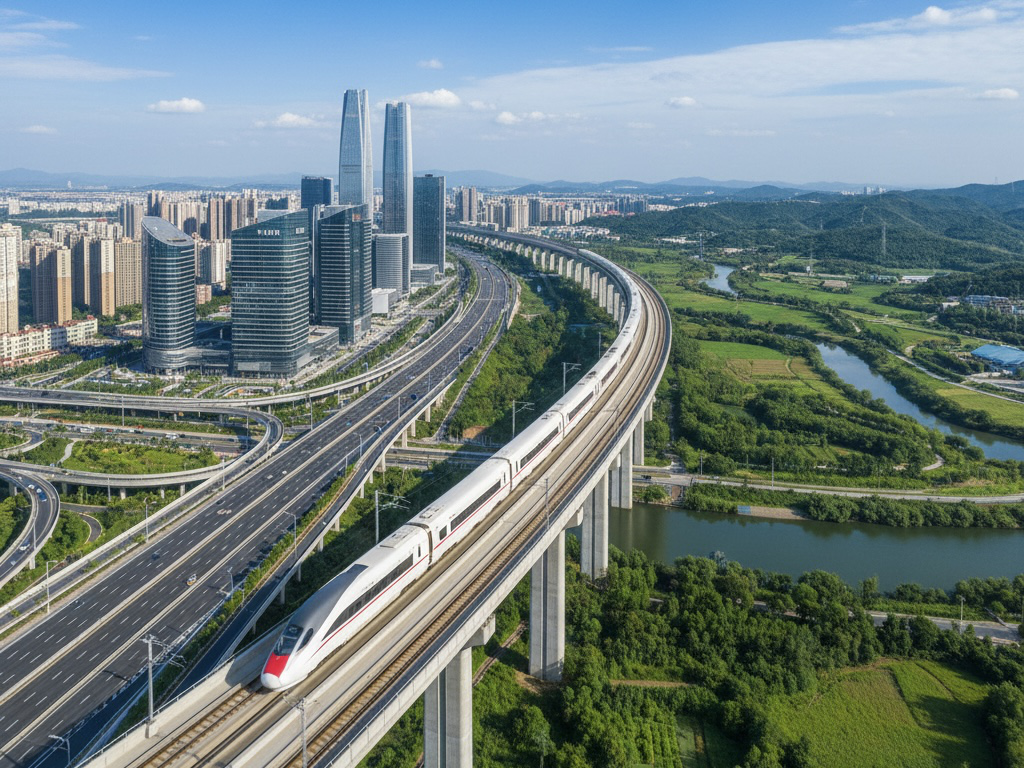
China operates routes like Beijing – Tianjin (117 km – 30 minutes) and Shanghai – Nanjing (301 km – nearly 2 hours). Currently, over 8 million people in the 22 most populous cities commute more than 50 km daily.
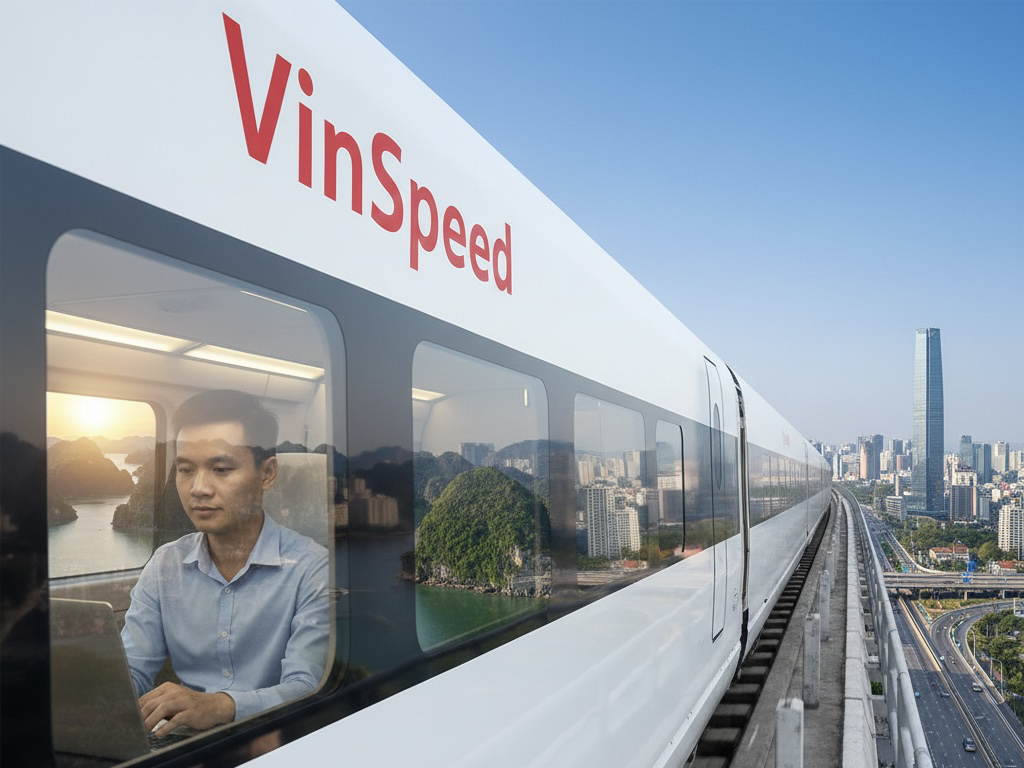
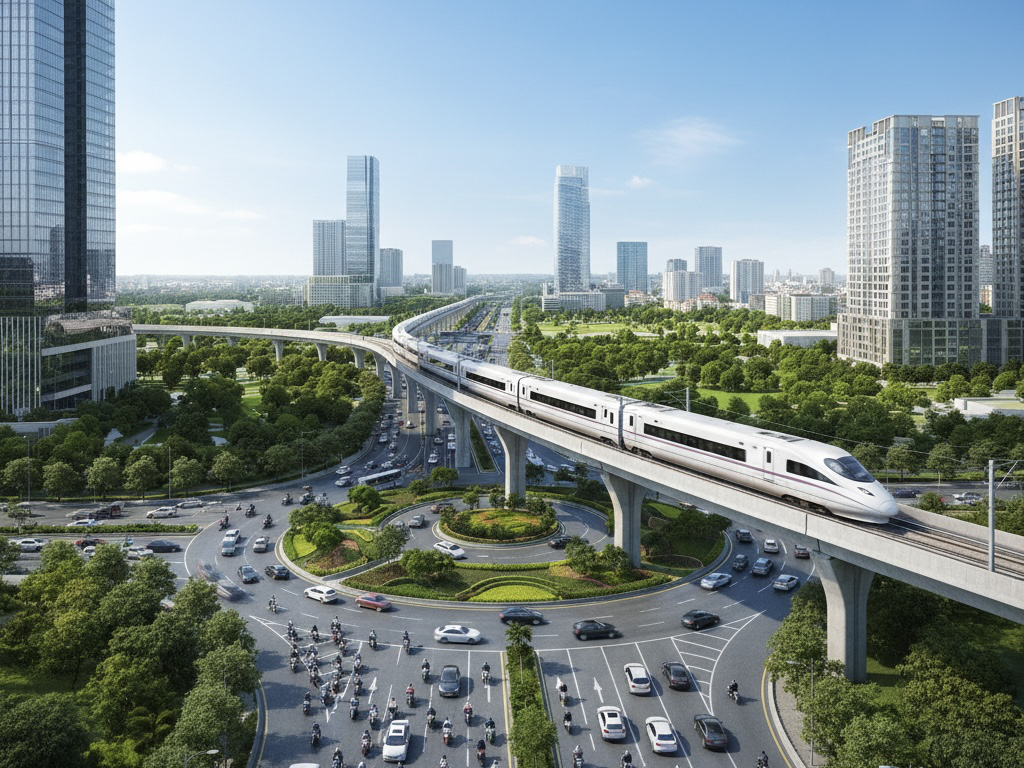
To ensure the project’s success, Vietnam must guarantee synchronized infrastructure, reasonable fares, flexible schedules, and accompanying amenities. The triumph of the Hanoi – Quang Ninh rail line will set a precedent, contributing to urban transformation and sustainable development.
Ho Chi Minh City Ready to Lead as a Testing Ground for Innovative Economic Strategies, Says Party Secretary Tran Luu Quang
Ho Chi Minh City stands ready to lead as a pioneering hub, fostering the incubation of innovative strategies, birthing groundbreaking ideas, and disseminating successful models across the nation and beyond.
T&T Group’s Bold Expansion into Southern Vietnam’s Real Estate Market
T&T Group is steadily establishing its leadership in the Southern real estate market by developing large-scale projects with clear vision and strategic direction.

